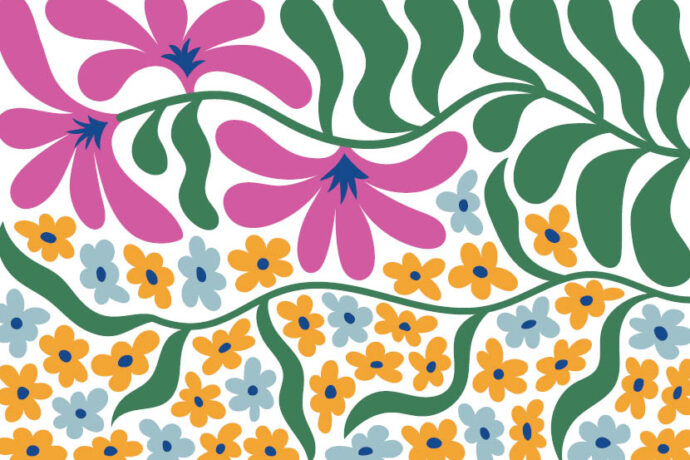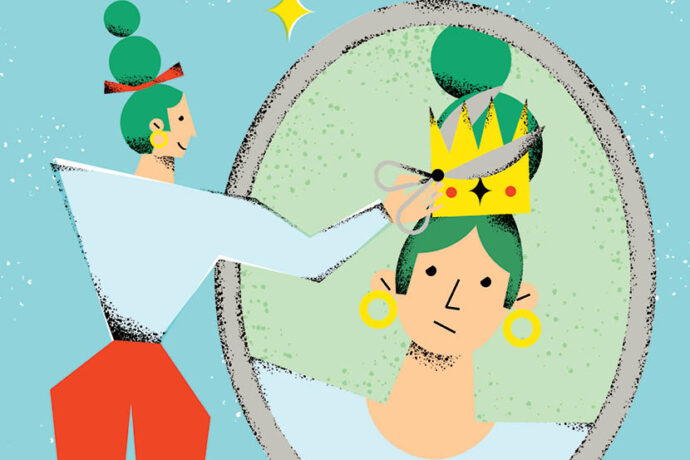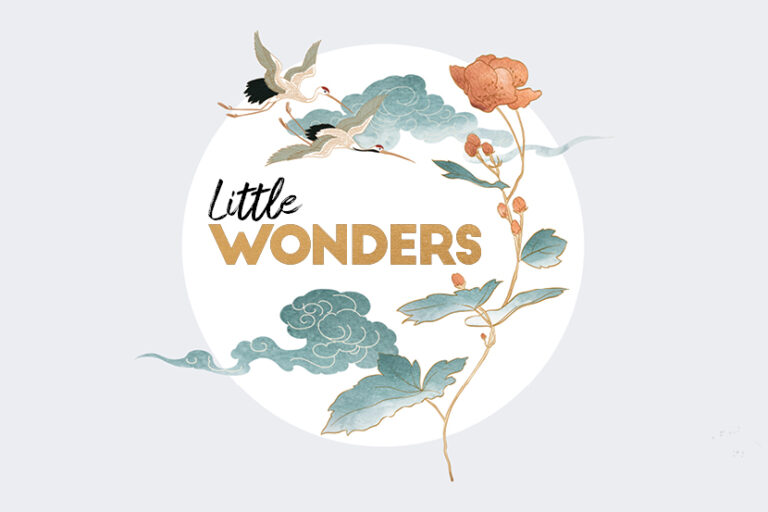
What can we learn from the happiness habits of other cultures around the world?
The quest for happiness is common throughout the world. Yet, despite geographical distance and cultural difference, international concepts of contentment share remarkable similarities – from Danish hygge, to Swedish lagom, to African ubuntu. Whether fostering deeper connections with each other, the environment, or the present moment, connection tends to be the common denominator of happiness habits around the globe.
Habits for happiness
- A strong communal spirit is important to the wellbeing of Scandinavians, who regularly participate in dugnad, a tradition which comes from an old Norse word meaning voluntary work.
- Hawaiians have also long known the importance of treating each other well. Their Polynesian ancestors coined ‘aloha’ – the greeting and way of interacting – thousands of years ago. As journalist, author and speaker Helen Russell shares in her book The Atlas of Happiness: ‘Aloha means compassion, kindness, respect and forgiveness,’ and is said to contribute to Hawaii ranking as the happiest US state.
- Meanwhile, in Africa, ‘humanity towards others’ and a sense of being ‘in it together’, are the guiding principles behind the tradition of ubuntu. By expressing deep empathy and connection to others, Africans practising ubuntu – just as Nelson Mandela did when he invited his jailors to his inauguration as honoured guests – learn to put themselves in other people’s shoes while removing all judgment.
- Denmark, a country that, along with its Nordic neighbours Finland and Norway, has consistently topped The World Happiness Report’s charts. Their hygge is about enjoying the heartening experience of each moment, which is amplified by good company, warm food and a wonderfully cosy environment. So says Meik Wiking, author of The Little Book of Hygge: ‘Hygge is about embracing the simple, small pleasures in life; taking your time and being present in the moment.’
- Sometimes, it’s necessary to cultivate the space needed to be fully present. As such, restoration is at the heart of the Swedish tradition of smultronställe, which means ‘wild strawberry patch’. This is about escaping to the stillness of a favourite place, be it a candle-strewn corner of tranquillity or a bench under your favourite tree.
- The Swedish tradition of lagom – not too little, not too much, but just right – is all about welcoming a sense of balance and satisfaction around being, having or doing enough. Swedes are advocates of foraging, recycling and mending rather than buying new and living outside your means. And they further commit to living a balanced life via their Swedish tradition of fika, meaning a break from doing, so they can enjoy a little me-time, take a well-earned tea break and prioritise healthy work-life balance by pausing at regular intervals.
- The celebration of doing nothing is known (and frequently hashtagged) in Italy as dolce far niente. According to Roman comedian Francesco De Carlo, many Italians pride themselves as the teenagers of Europe, defiantly bludging when they’re not working, partly in response to an unsettled and uncertain political climate. But it’s not about being lazy – it’s about embracing the here and now.
- The Turkish practice of keyif, which celebrates finding joy and pleasure in presence, is about ‘enjoying the moment’.
- Of course, sometimes, enjoying the moment isn’t always easy – the modern mind is often too full to be mindful. Time is so often spent ruminating on past regrets or future concerns rather than accepting what is. Enter the Japanese tradition of wabi sabi, which is as much about the acceptance of life, change and imperfection as it is about pausing to notice our ‘now’. Beth Kempton, author of Wabi Sabi: Japanese Wisdom for a Perfectly Imperfect Life, explains: ‘Wabi sabi is a state of the heart. It is a deep in-breath and a slow exhale. It is felt in a moment of real appreciation – a perfect moment in an imperfect world.’
How to bring global happiness habits into your life
- Commit to pausing, noticing, appreciating and accepting more often, wabi-sabi style. Set an hourly alarm on your phone to remind you to pause, take a breather and sip some water.
- Notice what’s around you, what you appreciate and what you’d like more of in your life.
- Find or create your Swedish smultronställe – your own private escape where can restore yourself, whether that’s a cosy chair in a calm corner, a garden bench, or under a favourite tree in the local park.
- Live in harmony with your environment to bring some of that aloha spirit into your days. Pick up litter, unplug phone chargers after use, and use a refillable water bottle.
- Book a day off to do absolutely nothing except be. Swing in a hammock or watch the world go by from a cafe. Get inspiration from dolce far niente.
- Intentionally perform acts of kindness to foster a greater sense of community and fill your diary with dates with your tribe.
- Immerse yourself in the calming power of the natural world. Walk through bushland, climb a hill and marvel at the view that stretches out before you, sit beside a river and watch the water flow. Tune in to your senses to maximise the impact of natural sights and sounds.
- Stay warm. Whether that warmth is in the way you greet and welcome people, aloha-style, embracing a sunny day, or in cosy, snug hygge fashion; smile and reach out often.
Words: Cheryl Rickman
This article was originally published in Issue 19 – Global heart-warming



















